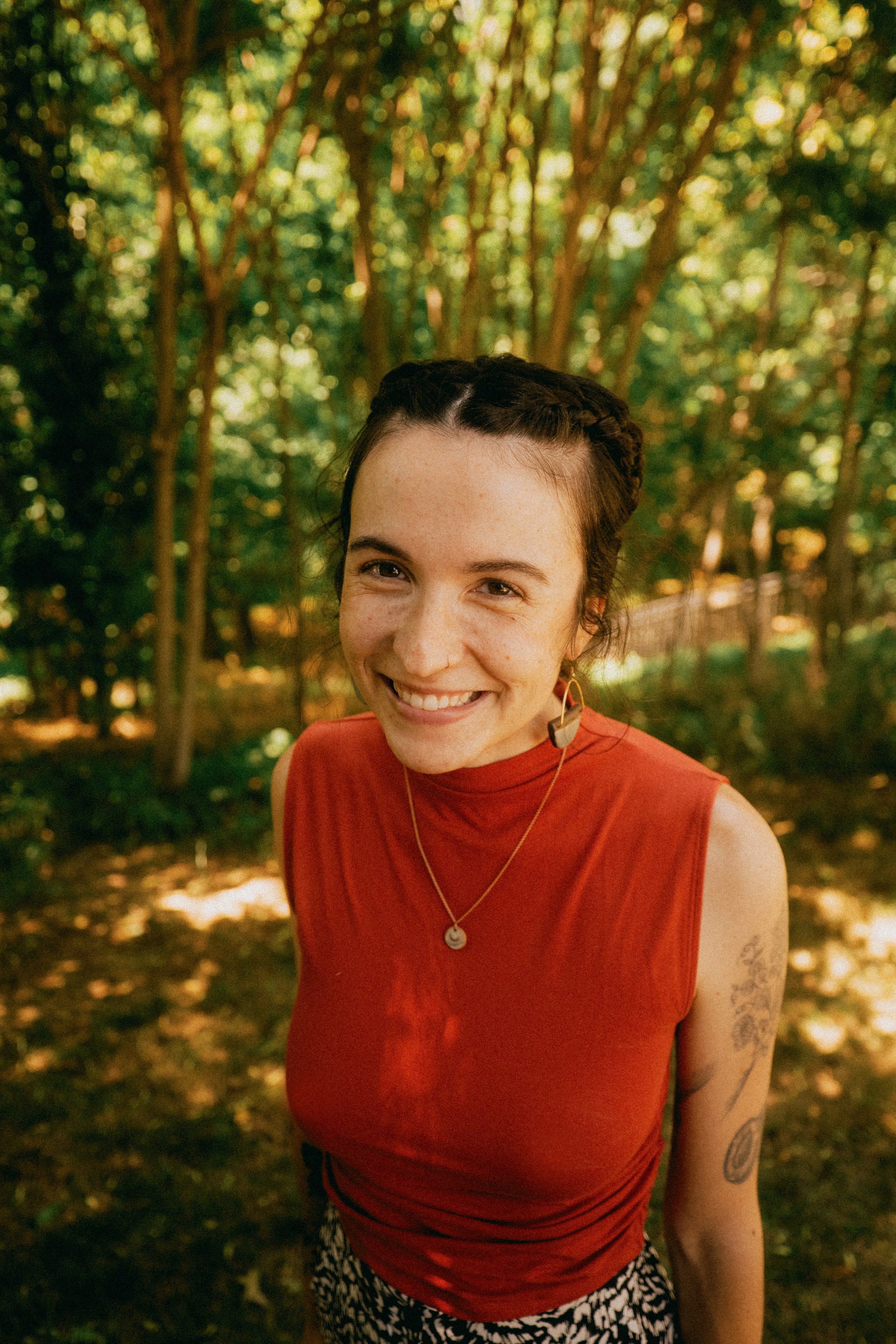
madison harlow.
Hi, I’m Madison.
I am an art therapist in the daytime,
and by night time I’m an artist and mom.
About me…
I believe in taking a humanistic, feminist, and person-centered approach to art therapy that allows for self-exploration of creative expression. Using the method of "art as therapy", I hope to steward individuals of all ages and diagnoses in resolving their conflict through varied artistic mediums and techniques.
ARTIST BEFORE THERAPIST
ARTIST BEFORE THERAPIST
Receiving my BFA in Studio Art with a two-dimensional and graphic design cross concentration, I am passionate about my own personal art making. I enjoy working with film photography, watercolor, oil painting, and mixed media collage.
In my graduate studies I engaged in processes of various mediums including but not limited to sculpture, fibers, bookmaking, digital photography, digital collage, and various mixed media.
Interventions and Experientials
Interventions and experientials I have implemented in my various settings are versatile to be adaptable, inclusive, and exploratory in establishing freedom of choice and independence. They also vary in fluidity and restrictiveness of media, as well as components of kinesthetic/sensory or cognitive/symbolic exploration.
Thesis
“I Feel Upset”: A Case Study of Destruction in Art Therapy with
Resilient Youth
In this thesis project, undertaken as case study of a group session in a Type III school, I observed the effects of attachment and trauma on kinesthetic/sensory based destruction of art through the intervention Create, Destroy, Transform. I aimed to explore how the use of destruction in artmaking, through the kinesthetic/sensory component of the Expressive Therapies Continuum (ETC), could lead to self-regulating habits and behaviors in adolescents in a Type III school setting. Youth served in these settings have a 90% rate of trauma exposure (Papovich, 2019). Due to this trauma exposure, maladaptive behaviors have become prevalent, leading to the need for supported self-regulation and inspired my use of this intervention. This single-session case study took place at my second graduate art therapy internship placement, a Type III school, with an elementary school class consisting of two female and five male students. In the group session, I used a planned destruction art therapy intervention called Create, Destroy, Transform, inspired by ETC-based readings from Hinz (2020) and Lusebrink (2010). Through this intervention, students engaged in a process of creating artwork, destroying it, and transforming the destructed piece into a new piece. The results of this study addressed the idea of remedying or mediating emotional and behavioral dysregulation through specific media use correlated with targeted ETC levels. Through the intentional use of emergent and therapeutic functions of the kinesthetic/sensory level, I anticipated to encourage the students to engage in techniques of self-soothing behaviors and coping skills.









